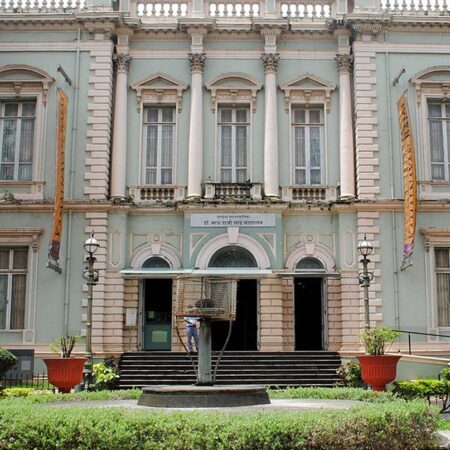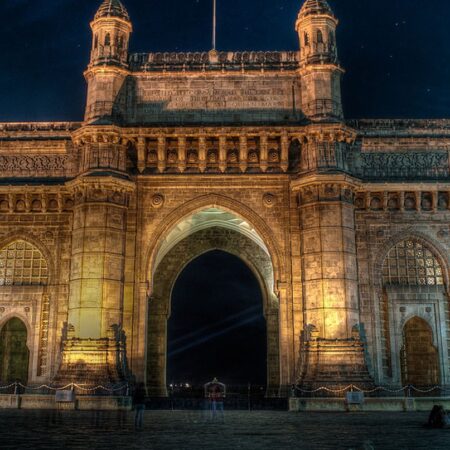The Ambernath Temple is a Hindu temple and it is one of the most significant pilgrimage sites in India. The construction of this site was started by the Bijayendrasinghji Raje Bhonsle, who was a Maharaja of Kolhapur from 1665 to 1712. The temple took around thirteen years to complete because they wanted to make sure that it would look perfect for the goddess Amba, which is why they painstakingly designed every single detail with care. The beauty and intricacy of this place are what make it so special- not only do you feel like you’re walking into another world when you enter its gates, but also once inside there’s an overwhelming sense of peace among all those visiting
The Temple

temple was built in commemoration of the victory and ultimate triumph over death, which is why it’s not uncommon for people to weep when they are inside. The building itself is quite large and with a rectangular shape, so there’s an open courtyard on all four sides that has been paved using marble slabs arranged in concentric squares. The central hall can be found at the back of this space where devotees come to pray- it features many intricate carvings and paintings depicting images from Hindu mythology.
The British Raj and Rediscovery

temple experienced a decline in its prominence after The British Raj had abolished Hinduism as the country’s main religion. The worship of Amba was only revived through the efforts of Bhausaheb Peshwe, who is seen as one of the most important proponents for this particular faith during that time period.
The Temple Today
The temple is now one of the most popular pilgrimage sites in India, but it has almost always remained an important religious center. The British Raj eventually made this a protected site and those who visit can witness firsthand its incredible beauty- along with all that is housed inside such as the image of Amba sitting on her lion throne accompanied by four female attendants.
1. The Ambernath Temple is located in the town of Ambernath, India.
The construction of this site was started by the Bijayendrasinghji Raje Bhonsle, who was a Maharaja of Kolhapur from 1665 to 1712. The temple took around thirteen years to complete because they wanted to make sure that it would look perfect for the goddess Amba, which is why they painstakingly designed every single detail with care.
2. This temple was built to celebrate the Hindu festival called Navratri,
which marks The triumph of Good over Evil. The building itself is quite large and with a rectangular shape, so there’s an open courtyard on all four sides that has been paved using marble slabs arranged in concentric squares. The central hall can be found at the back of this space where devotees come to pray- it features many intricate carvings and paintings depicting images from Hindu mythology.
3. There are three types of architecture styles that have been used on this building – Nagara style, Dravida style and Vesara style.
The tower of the temple has a tiered structure with each tier made up out of different materials- brick, stone and wood. The temple is painted red because it signifies The power that resides within Amba.
The Ambernath Temple is one of only four temples in India that have this particular type of architecture style which makes it stand out even more among its contemporaries.
4. The temple is mostly made up of stone with some brick sections as well ;
The carvings are mostly in limestone and therefore The temple is called The Poetry In Stone Temple. The British Raj had abolished Hinduism as the country’s main religion, which led to a decline in the popularity of The Ambernath Temple- this was until Bhausaheb Peshwe revived worship for Amba through his efforts that were seen as one of the most important proponents during that time period.






No Comment! Be the first one.